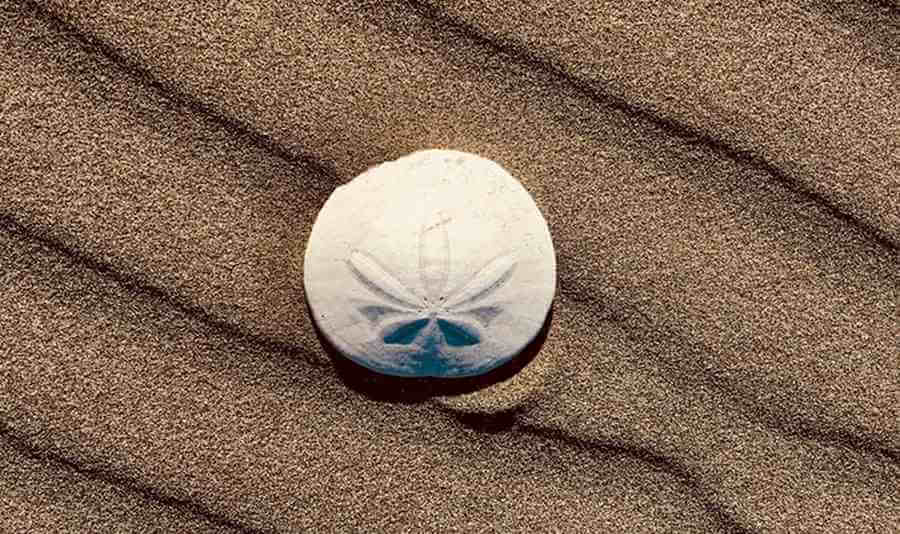Sand dollars
In some parts of the world, they are known as “sea biscuits“, although they’re mostly universally known as “sand dollars“.
When most people think about sand dollars, they often associate them with being a pure white colour sort of resembling a large shell.
Because of this stark white appearance, many people question whether or not sand dollars are actually living creatures.
It might come as a big surprise to some people, but sand dollars are actually a living creature. They are considered marine creatures that are a member of the Clypeasterodia family which are invertebrates. They are identifiable by their unique rounded shape that has a floral-like pattern on the top.
Because the species classifies as a type of Clypeasterodia
These petals are actually pores that aid in the creature being able to expel gas change from its body, basically to breathe.
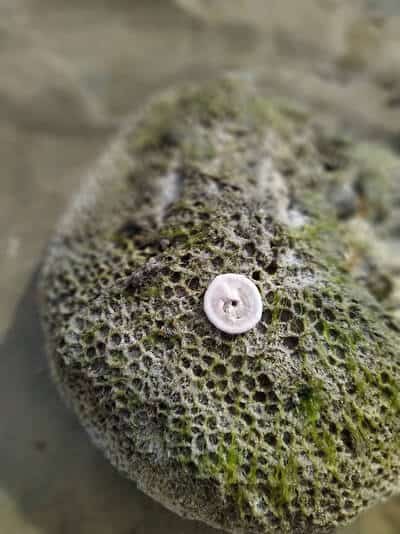
Their physical composition and scientific classification make them very close relative to other sea creatures like starfish

While they are close relatives, each species obviously has its own behaviour.
Sand dollars propel themselves by their spines located on their semi-flat underside. This movement allows them to burrow into sandy or muddy beach beds just below the water’s surface.
However, they can be found in deeper parts of the ocean. Their mouths are on the bottom of their bodies which is how they eat while moving through the various ocean floor terrains.
The diet of a sand dollar usually consists of algae


When they are alive, they are found in large groups that get as large as 600 or more sand dollars. They not only stick together for eating purposes but also for mating and reproduction as well.
Mating and reproduction upon sand dollars aren’t the same as it is in other creatures of the animal kingdom.
It is said that the sperm and eggs are simply released into the ocean waters within these large groups and by chance, fertilization could happen. The primary reason behind this is the speed at which a sand dollar moves.
They aren’t very fast-moving. In fact, aside from being either dark in colour or white, their slow movement is another reason why it is questionable whether or not they are alive.
It is estimated it takes 2 days to digest any of the food that they have collected.
How Can You Tell If A Sand Dollar Is Alive?
The bright-white colouring on a sand dollar that most people are familiar with isn’t a sand dollar’s true colour. In fact, sand dollars are usually dark brown, purple, or even greenish.
These colours are associated with the layer of skin that is attached to their test (or their skeletal layer). When they die, their colour starts to fade.
Their test then becomes their exoskeleton. At this point, the sun bleaches the test to the white that everyone is most familiar with. Basically, the sun strips the sand dollar of any colour that is left on it.
While the distinct colour of a sand dollar can help determine if it is alive or not, there are some other signs to look for as well. Below are some other things to look out for to know if a sand dollar is alive or not.
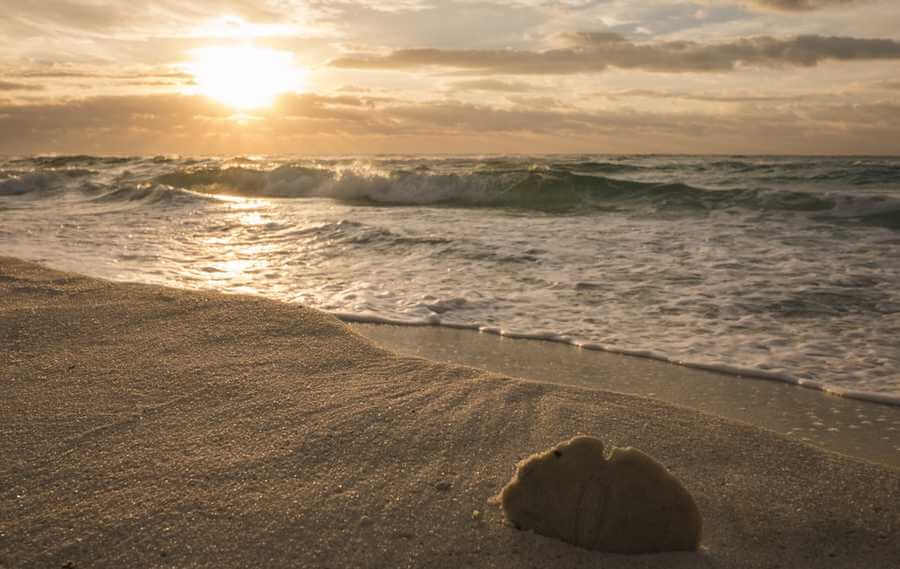
Signs That A Sand Dollar Is Alive
Watch Sand Dollars Move They Are Very Slow Moving
If you have found a sand dollar that still has some colour to it, chances are, it is alive.
To further check to see if it is still living, gently hold it in the palm of your hand and watch for the spines to move.
Any little movement from the spine area indicates that the creature is still alive.
Check For Any Yellow Leakage Behind A Sand Dollars
Sand dollars release something called “echinochrome
In the sand dollar species, this fluid is a yellow tint. It is considered harmless to humans. If you are holding a sand dollar and see some yellow leakage from it, it is still living.
Just like any other living creature near the beach shoreline or in the ocean water, sand dollars are a critical part of the ecosystems in which they reside.
Picking up living ones isn’t really suggested, however, they can be interesting to examine. If you decide to pick up one that might be alive, always be as gentle as possible and place them back where you found them.
Collecting live sand dollars is usually illegal in most parts of the world, although every country is different. As a precautionary measure, it is a good idea to not collect living sand dollars.
It is simply the best way to respect the surrounding ecosystem. When it comes to the dead ones who are the stark white colour, it is possible to collect them.
However, everywhere is different in their laws or regulations so it is always best to inquire before just assuming that they can be taken from the beach.
When handling the test of a sand dollar, it is important to be really fragile. Not only is the test fragile because the creature is no longer alive but the sun’s effect on this exoskeleton really breaks down its composition.
As a result, the test is rather brittle, especially around the edges. The best way is to pick it up very carefully and without extreme pressure being applied. This ensures that the sand dollar test will stay mostly intact.
How Can You Tell How Old A Sand Dollar Is?
Sand dollars are easily one of the most interesting marine creatures. Their shapes are fascinating and so is their behaviour in their everyday lives.
When examining a sand dollar, there is an easy way to see just how old the sand dollar is! Taking a quick glance at the bottom will reveal a number of rings.
It is said that the number of rings that are present will represent the sand dollar’s age.
Because the sun strips the sand dollar of its skin and innards and only leaves behind its test, or skeletal remains, it is much easier to see these rings.
The rings will reveal how long the sand dollar lived before it was washed up on a beach shore.
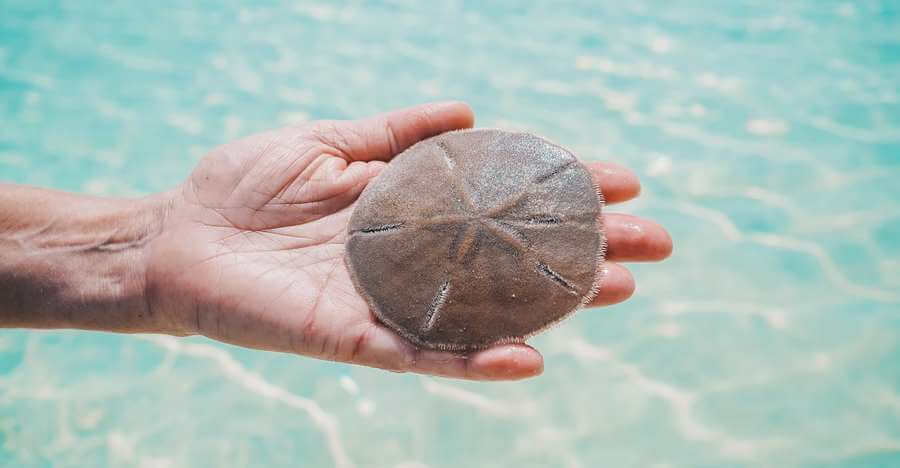
How Long Do Sand Dollars Live For?
It is estimated that sand dollars can live in their natural habits (meaning within the waters of the ocean, typically in more tropical environments) for around 10 years and averaging somewhere between 6 to 10 years.
While 6 to 10 years doesn’t seem like a whole lot., it is quite remarkable for this variation of a sea urchin. They survive predators by burrowing in the sand to camouflage themselves.
This makes perfect sense considering that their real colour is a darker shade, much like the muddy sands that are a little deeper in ocean waters.
Additionally, they are able to survive for so long because their topsides are spiny-like skin which can appear intimidating to potential threats.
However, they are primarily known for burrowing as it is easier for them to blend in than it is to actually defend themselves.
They move just fast enough to accomplish collecting food and burrowing themselves quickly when danger is near.
Considering that they are usually found within the sand or muddy areas of the ocean floor, they are already pretty well hidden from danger.
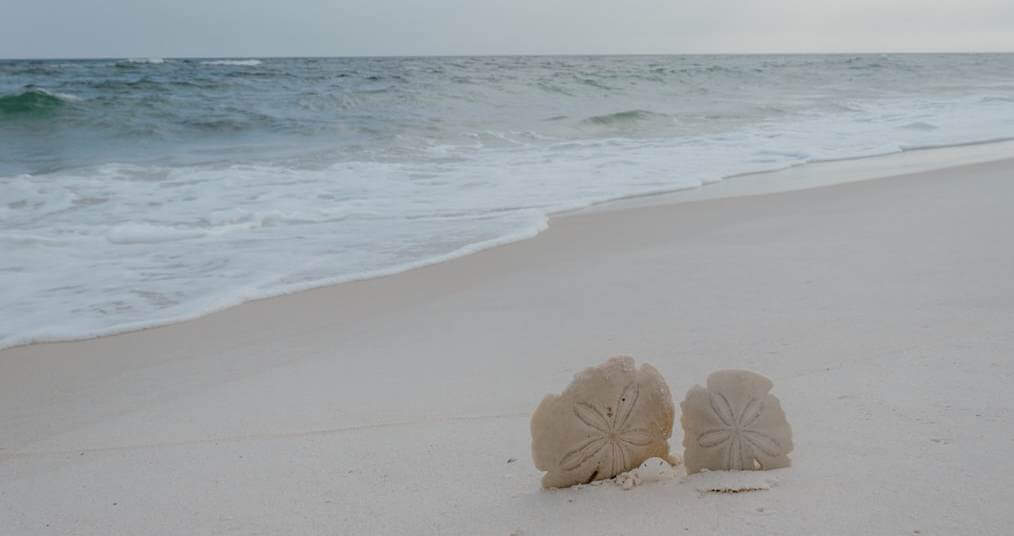
Why Do Sand Dollars Die?
There is no direct reasoning behind the death
They do have certain marine predators like ocean pouts

Perhaps the most common cause of death in sand dollars is ocean currents that bring them closer to beach shorelines. Generally, they are found in the sands near a shoreline and can be as deep as 9 metres (or 30 feet).
The ocean is an unpredictable body of water that can have many random spurts of strong tides and currents. Because of this, sand dollars can easily be brought closer to shore where they are more exposed to sunlight.
Some species of the sand dollar have large holes in their tests which are believed to exist to help keep them grounded. However, unfortunately, they do still reach sunny shorelines.
The sunlight then starts to dry out the sand dollar. Sand dollars cannot live without access to water for an extended period of time. In fact, just a few minutes out of the water is extremely dangerous for them.
Due to this, it is always suggested that you find a living sand dollar that hasn’t yet changed in colour, and that you place it back in the water. This will more than likely save its life.
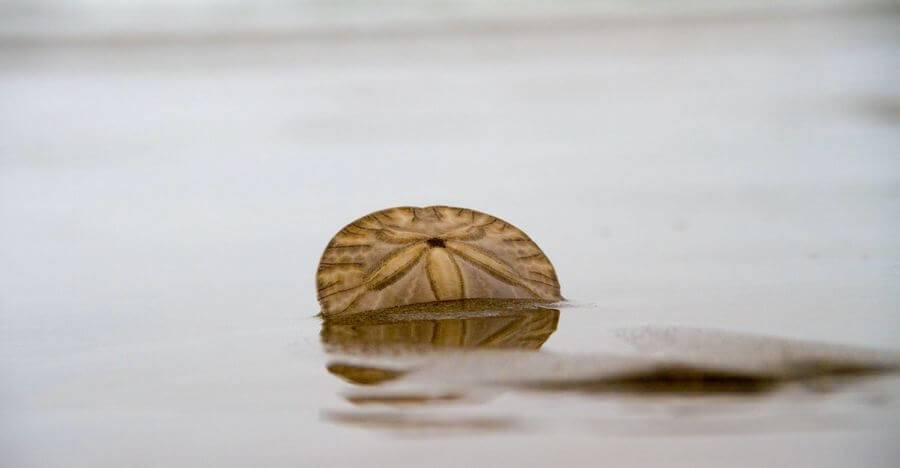
Are Sand Dollars Easy To Find?
Even though ocean currents can bring sand dollars closer to the shoreline, they aren’t that easy to find.
Because their diets rely on them being within a sanded or muddy ocean floor, they are usually found in the sand embankment just beyond a beach’s shoreline, about mid-tide.
It is suggested that if you don’t see a sand dollar close to the shoreline, you can enter the water mid-way and check out the sand just beneath the water.
Once again, removing them from their habitat isn’t recommended.
Even though it isn’t suggested to move them from their habitats, they are so fascinating to look at, especially when they are living.
If you happen to see one within the water about mid-tide away from the shoreline, leaving it in the water while you look at it is the best way to do so.
This ensures that they are still emerging in the water and not overly exposed to the sunlight. While it is true that they like warmer water, direct sunlight is simply dangerous to them.
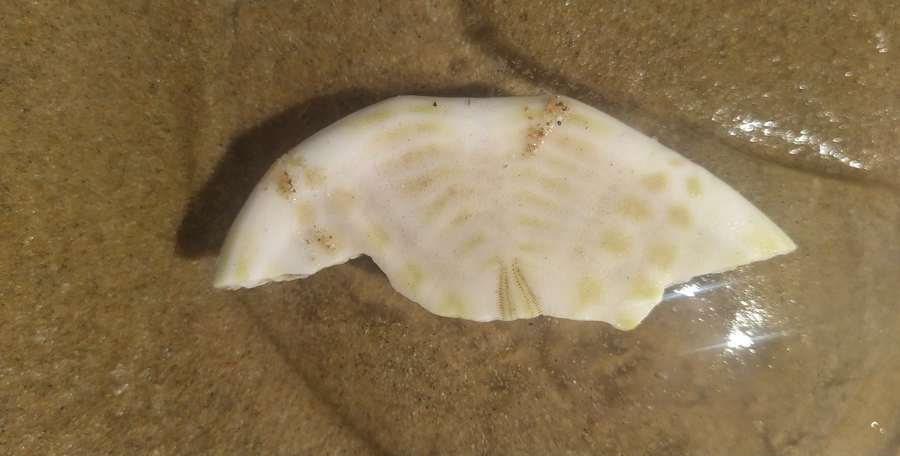
Why Are They Called Sand Dollars?
The sand dollar is said to have gotten its namesake from its appearance after death. The large, circular white disc that their test is after death resembles coins.
This monetary similarity combined with their burrowing into the sand derived “sand dollar”. Throughout history, they have also been a large part of some folklore stories, especially in relation to mermaids.
Old folklore concerning mermaids suggested that sand dollars were their form of “currency”.
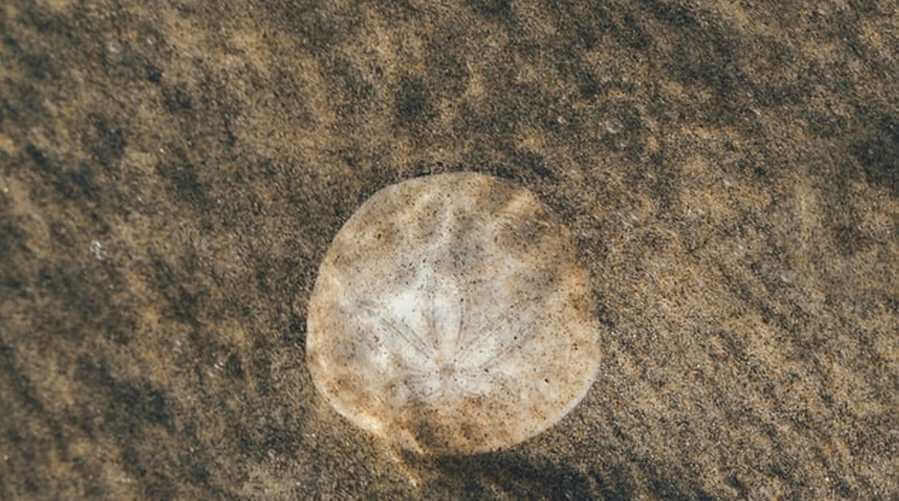
While “sea biscuit” is a common name for them in some parts of the world, they are also referred to as “sea cookie”, “snapper biscuits”, “sand cakes”, and “pansy shells”.
They are often mistaken for a form of a seashell. In their form after death, they are drastically different from seashells.
While it is true that their tests are made of some calcium carbonate, similar to seashells, sand dollars do not create their own tests like mollusks create their own seashells.
Seashells are formed as a result of mollusks soaking in salts and chemicals from the ocean to create an exterior barrier to protect themselves.
Upon death, they detach from their shells and these shells get washed up on shorelines all over the world.
Sand dollars on the other hand have their tests as part of their bodies where their velvet-like skin and spines coat the test and their innards are housed as a part of the test.
Sand dollars have been a mystical thing of the ocean for thousands of years. While most people assume that they are just white, circular discs, they are so much more than that!
In death and in life, they are truly remarkable creatures!
More Pages On SeaShells
Everyone around the world is familiar with what a seashell looks like. They are found along shorelines all over the world and come in a variety of sizes, colours, and shapes. However, how exactly...
Seashells are one of the most unique things found in nature. They come in many shapes, sizes, and colours making them incredibly different from each other. They are not only fascinating because of...


